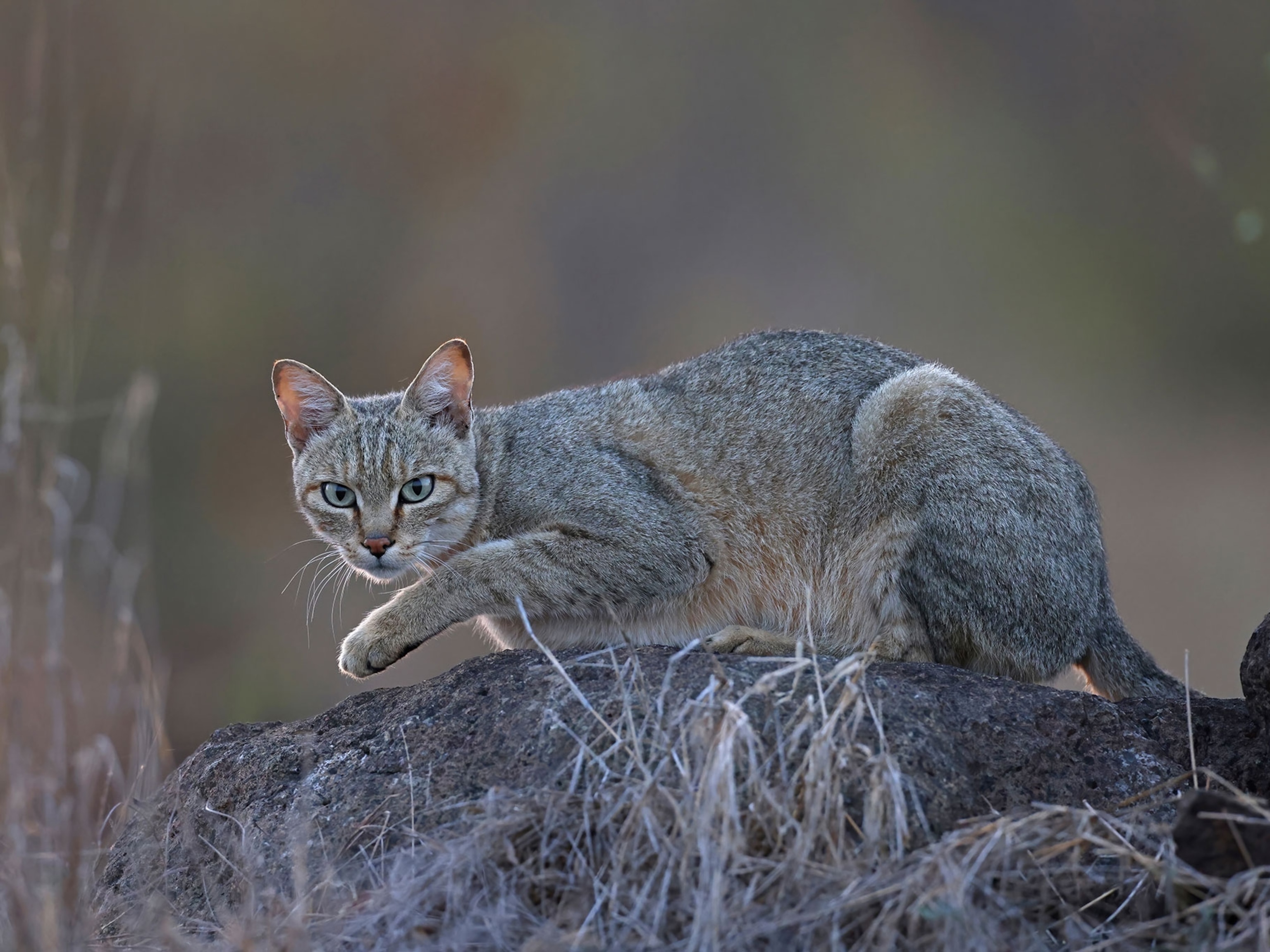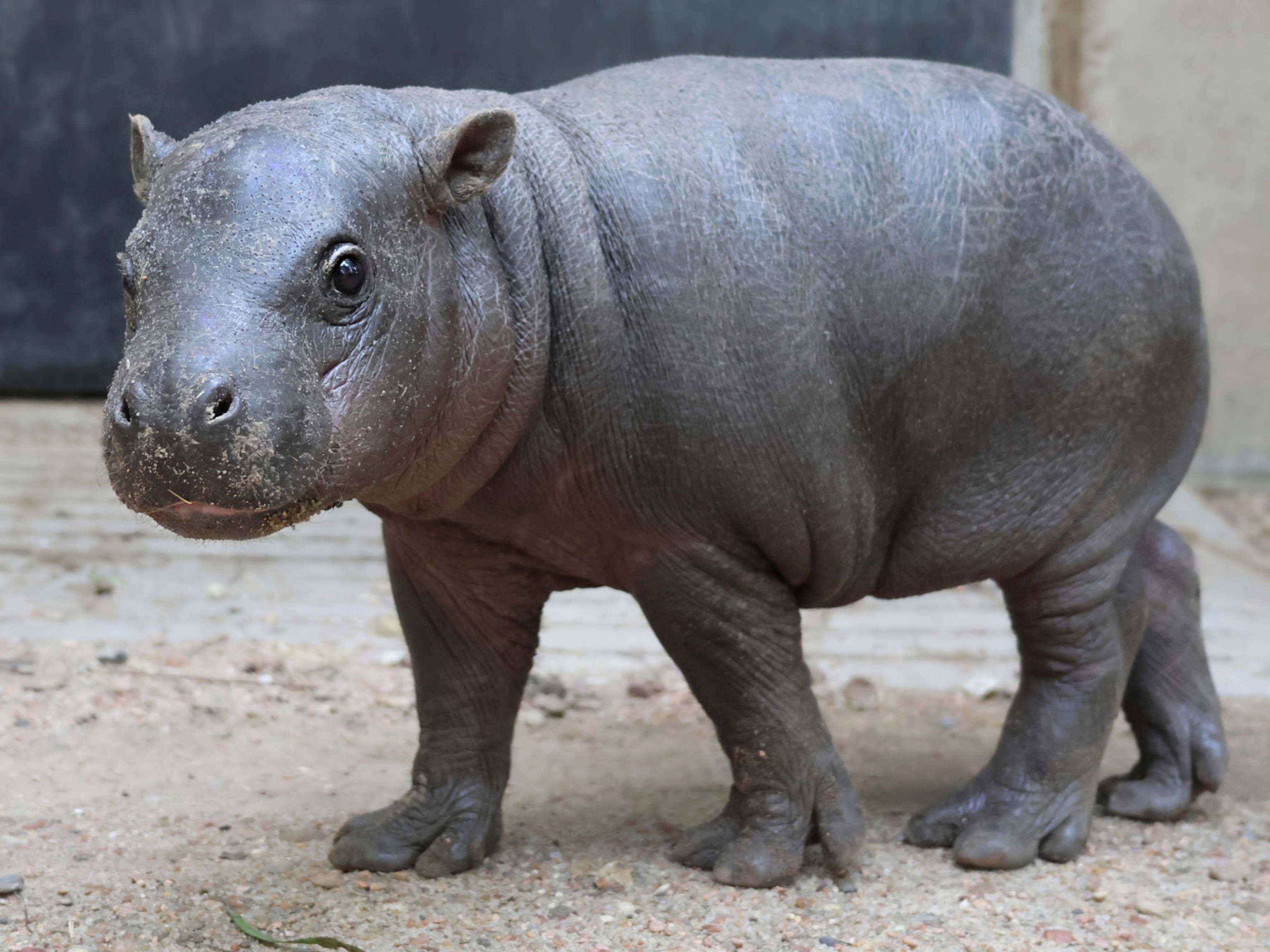Watch What Happens When a Rattlesnake Meets a Giant Centipede
Snakes have to weigh risk versus reward when taking down dangerous prey.
Even for a rattlesnake, a centipede bristling with legs and fangs is formidable prey. But pygmy rattlesnakes are master strategists when it comes to hunting these hundred-legged meals.
“Most things do not want to mess with centipedes,” says Terence Farrell, a professor of biology at Stetson University in Florida who has been studying pygmy rattlesnakes for about 25 years. “They’ve got these nasty fangs on the front end that inject very painful bites.” (See the "horrific" first known giant centipede that swims.)
Pygmy rattlesnakes are venomous pit vipers found in the Southeast U.S. As predators, they aren’t super picky, swallowing up frogs, lizards, mice, the occasional bird—and even other snakes.
But Farrell and other researchers kept finding centipede remains in the stomachs of pygmy rattlesnakes they had collected from the wild.
(Decapitated Snake Head Nearly Kills Man—Here’s How)
The scientists wanted to know how the snakes navigated around these prickly customers. So they placed 29 wild-caught pygmy rattlesnakes in containers with centipedes (Scolopendra viridis) averaging nearly three inches in length and recorded the matchups, one battle at a time. For the sake of comparison, they also placed the snakes in containers with skinks to see how they would react to relatively harmless little brown skinks.
The snakes treated the two potential meals very differently, the team reports in a study published recently in the Journal of Herpetology.
“Snakes are often thought of as incredibly stupid eating machines,” Farrell says. “But it turns out that the more you look at snakes, the more sophisticated their behavior becomes.” (Related: How a decapitated rattlesnake head bit a man.)
Keep Your Head Up
When approaching the skinks, the rattlesnakes normally rely on ambush, sitting back and waiting for the prey to come within reach before a lightning-quick strike with their fangs. Sometimes they even used their tails as bait, wiggling them slightly as a worm-like lure for the skinks.
The snakes were much more interested in actively attacking the centipedes, however, pursuing the crawly critters around the plastic containers.
Despite their eagerness, Farrell says that the snakes seemed to have a healthy respect for the risks involved with centipedes. The reptiles would often approach the centipedes with a raised head—potentially to keep their eyes and sensitive scent organs out of the centipede’s reach, he says. Two of the snakes even struck the centipedes’ tail end and tossed them violently across the container.
After the initial strike, the snakes would often hang back and wait for the venom to take hold, much longer than they would with the lizards. The scientists’ observations showed why this is a good idea: Centipedes are hardier than skinks, often attempting to strike back at the snakes after being bitten.
Centipedes were also more resistant to the snake venom, taking an average of 20 minutes to stop moving after a snake bite, while the lizards took an average of six minutes. In fact, some centipedes took so long to die that the snakes gave up and started to eat them alive.
Tough Adversary or Easy Catch?
The study provides insight into the ways venomous snakes adapt to the behavior of dangerous prey, says Tracy Langkilde, head of the biology department at Pennsylvania State University. She has studied snake attacks but was not involved in Farrell’s research.
But surprisingly, she says this might not be entirely due to the snake trying to avoid injury. Instead, the snakes might treat centipedes differently because they behave differently, rather than due to potential risk.
Armed with two venom-filled front legs that often act like fangs, centipedes don’t exactly go through life expecting problems. In fact, the creatures—which appear to have traded brains for legs—often let the snakes come right up to them, and sometimes even went so far as to crawl over the reptiles.
“Chasing down centipedes works because the centipedes don’t flee from an approaching snake,” she says, adding that this contrasts with the behavior of the skittish lizards, which take off pretty quickly. The study shows the centipede counterstrikes did not seem to have much effect on the snakes, even though the reptiles seemed to retreat from the attacks.
Farrell notes that a number of venomous snakes prey on centipedes. He speculates that their evolutionary ancestors, which had venomous teeth in the back of their throats, may have evolved this ability to help them subdue the long, dangerous prey, since the teeth allowed them to inject additional venom as they chewed.
While the venom of modern species such as pygmy rattlesnakes seems to have more effect on lizards and other prey, the fact that centipedes are still very much on their menu means they haven’t forsaken their ancestral dietary habits.





